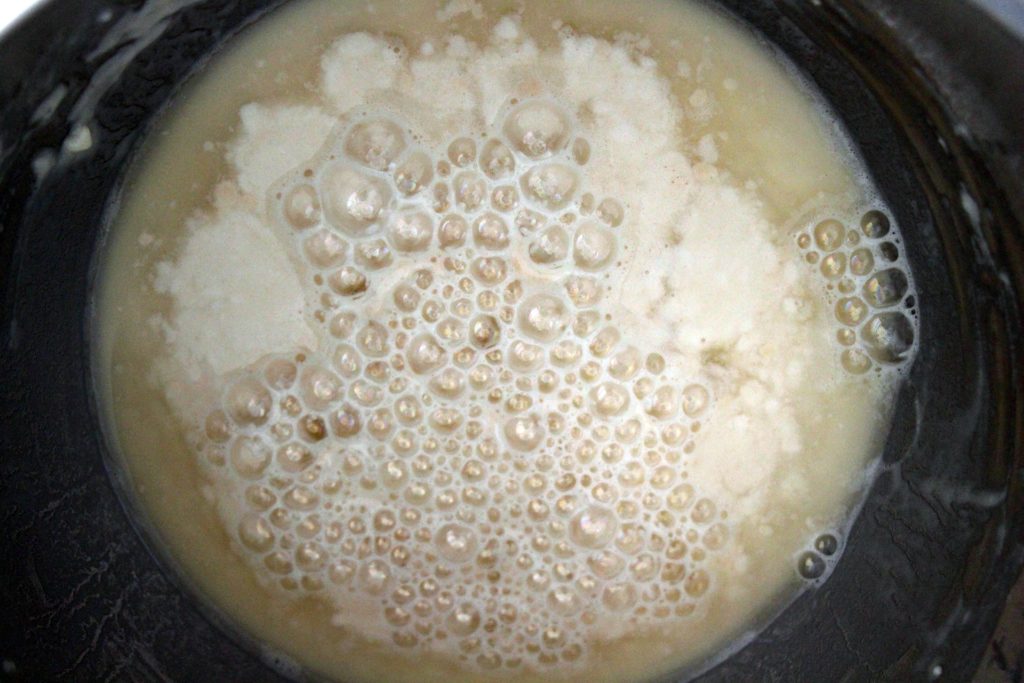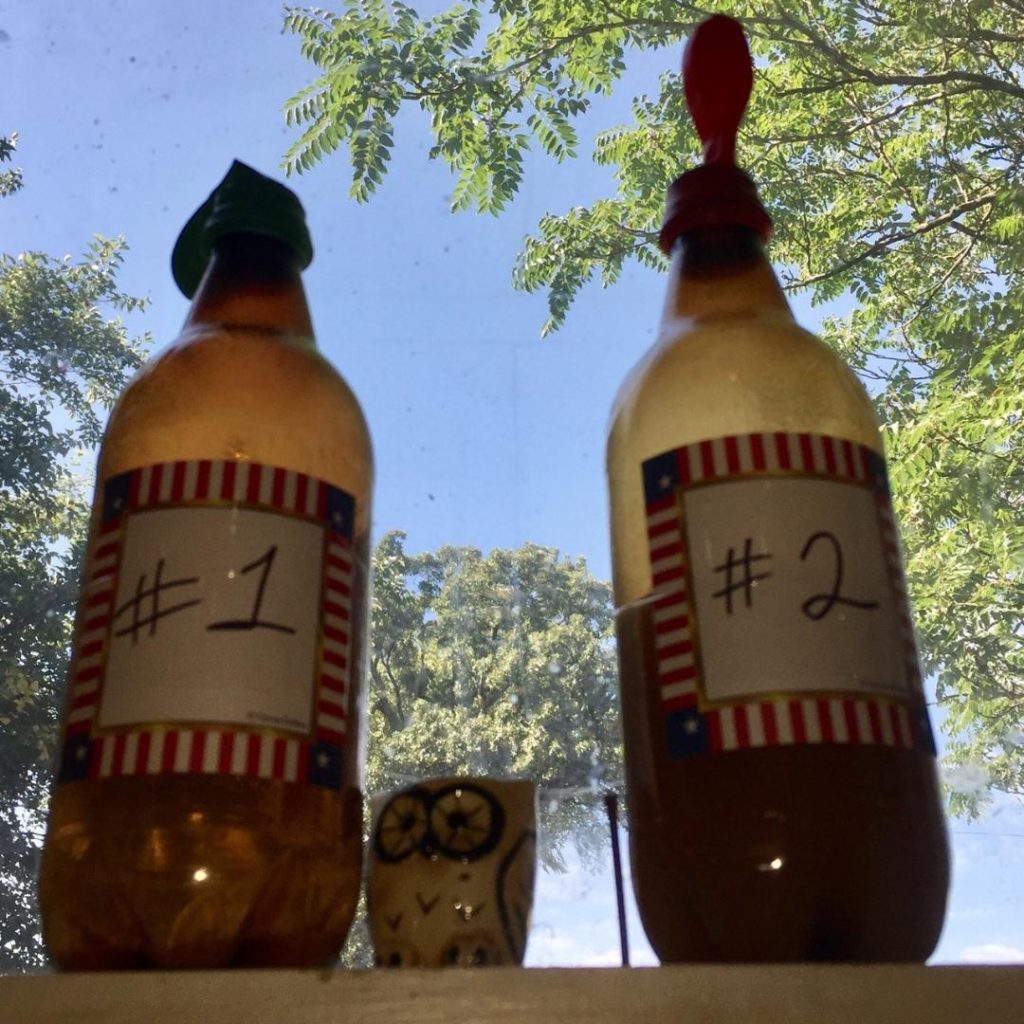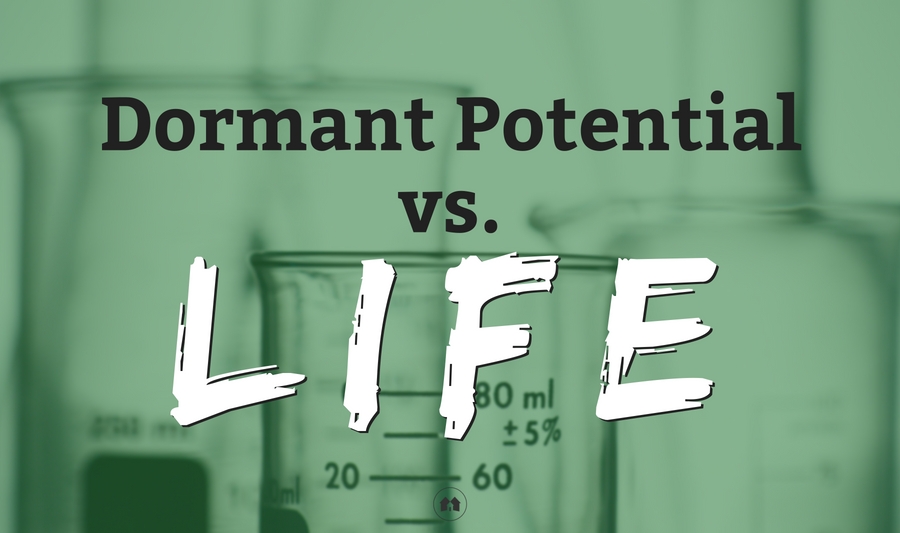Have you been thirsty lately? I know it’s been a hot summer, but my life has been so chaotic I’ve been thirsty for Living Water. Between vacations, summer camps, and my ongoing attempt to plan this next school year, I’ve been stretched pretty thin.
Just last week, my teenage son requested the family read the Bible together in the evenings again. It was a good reminder to me that those special times make a difference, and they are important to our kids.
Sometimes the most important things get pushed out by life—just like the parable where the weeds grew up and choked the life out of the good seeds that had sprouted up.
Ever feel choked by your life? Sometimes I feel strangled by my responsibilities alone. I want to do this activity for this child, that for another … and with four children, it all adds up. Everything seems like a good addition to our schedule, but my life is proof that it most definitely is possible to have too much of a good thing (or things).
My kids and I recently did a science project in which we learned how to conduct a controlled experiment. In this lesson , we were exploring the difference between active life and mere dormant potential, and observed how water is necessary for life.
I’ve mentioned this previously (here, for example), but I love how A Reason For Science ties Scripture into their texts in a way that helps us stop and realize the important parallels to everyday life.
This science experiment (Lesson 1, Level H) was called Yeasty Beasty. The experiment itself was rather simple and required only a handful of things:
- 2 – 20 oz. soda bottles
- 2 small balloons
- 2 tsp. yeast
- 2 Tbsp. sugar
- water
Start by rinsing and drying your bottles, then removing the labels. Next, relabel them #1, and #2. Bottle #1 will be your control, while #2 contains your experiment.
In this experiment, we’ll be mixing together yeast (comprised of dormant, single-celled fungi) and sugar, which will fuel growth when the fungus becomes active, then comparing what happens with and without the addition of water. Take a minute to have your children form their hypotheses and predict what they think might happen inside each bottle.
Have them measure out 1 tsp. of yeast and 1 Tbsp. of sugar into Bottle #1, give it a little swirl, then stretch one of your balloons over the mouth of the bottle to keep the contents inside.
Take Bottle #2, and add your life-giving water. You’ll need warm water, but not hot. (Water that is too hot will kill the yeast; too cold and it won’t activate. Either mistake can ruin the experiment.) Fill your bottle about half full of warm water, then add in the same things you put in the first bottle: 1 tsp. yeast and 1 Tbsp. sugar. Mix it up a bit, then cap it with a balloon as you did with Bottle #1.
Place both bottles in a warmer part of the house, and observe what happens.
It may take a little bit, but keep checking back over the next hour or two and you should see the yeast in Bottle #2 getting frothy.  As you continue to observe, you’ll notice the balloon on Bottle #2 expanding a bit. (Don’t expect it to fully inflate the balloon, but you should see a difference between the two bottles. If you don’t see a difference, you might check the expiration date on the yeast, or adjust your water temperature and try again.)
As you continue to observe, you’ll notice the balloon on Bottle #2 expanding a bit. (Don’t expect it to fully inflate the balloon, but you should see a difference between the two bottles. If you don’t see a difference, you might check the expiration date on the yeast, or adjust your water temperature and try again.)
What happened here?
Watching Bottle #1, we observe … nothing. On its own, the yeast/sugar mixture does not exhibit any change or inflate the balloon. But adding warm water to the second bottle awakens the yeast from its dormant state. Once the yeast is active, it looks for a source of food—in this case, sugar. As the live yeast eats the sugar, it releases carbon dioxide gas, which fills the bottle and begins to inflate the balloon.
When we use yeast in baking—loaves of bread, for example—this same gas causes the bread to rise and leaves those small pockets of air in the finished loaf.
Just as we know water is one of the most basic requirements for survival, we should remember that Living Water from God and His Word is just as vital for our spiritual life. Take a few minutes to explain to your children how God fills us with his Spirit and changes begin to happen in our lives when we spend time with Him. Our hearts are quickened as the Spirit cultivates the gardens of our heart. Each day, when we come back to the Master Gardener, he cultivates a little more of our garden. The more time we spend with Him, the more beautiful the flowers of our soul will bloom and—just like a real garden—those that pass by will be blessed by God’s beauty growing in us.
Disclosure: Links in this post are not affiliate links. However, A Reason For® is the sponsor of this blog and did provide A Reason For Science® materials to Bridgitt at no charge. However, the opinions expressed here are Bridgitt’s own thoughts and observations after using A Reason For Science® as a homeschooling resource.
